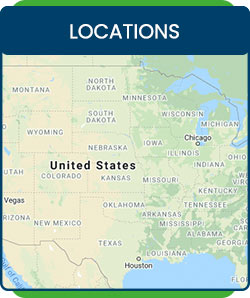Who Would Be Most Prone to Insomnia?
Many people will experience some form of insomnia at some point in their lives, which is simply defined by not being able to get enough good quality sleep that you require to function normally day-to-day. If you are suffering from insomnia, visit Koala® Center For Sleep & TMJ Disorder. For more information contact us or book an appointment online. We have convenient locations across the U.S. in Bloomington IL, Peoria/Dunlap IL, Kansas City MO, El Paso TX, and Wausau WI.
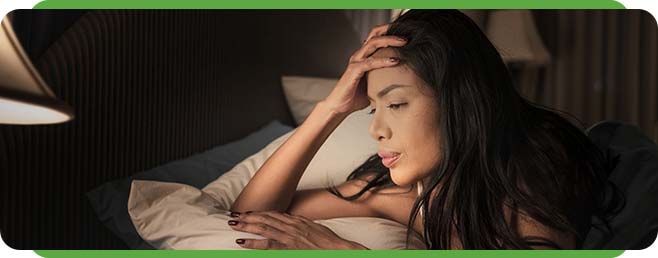

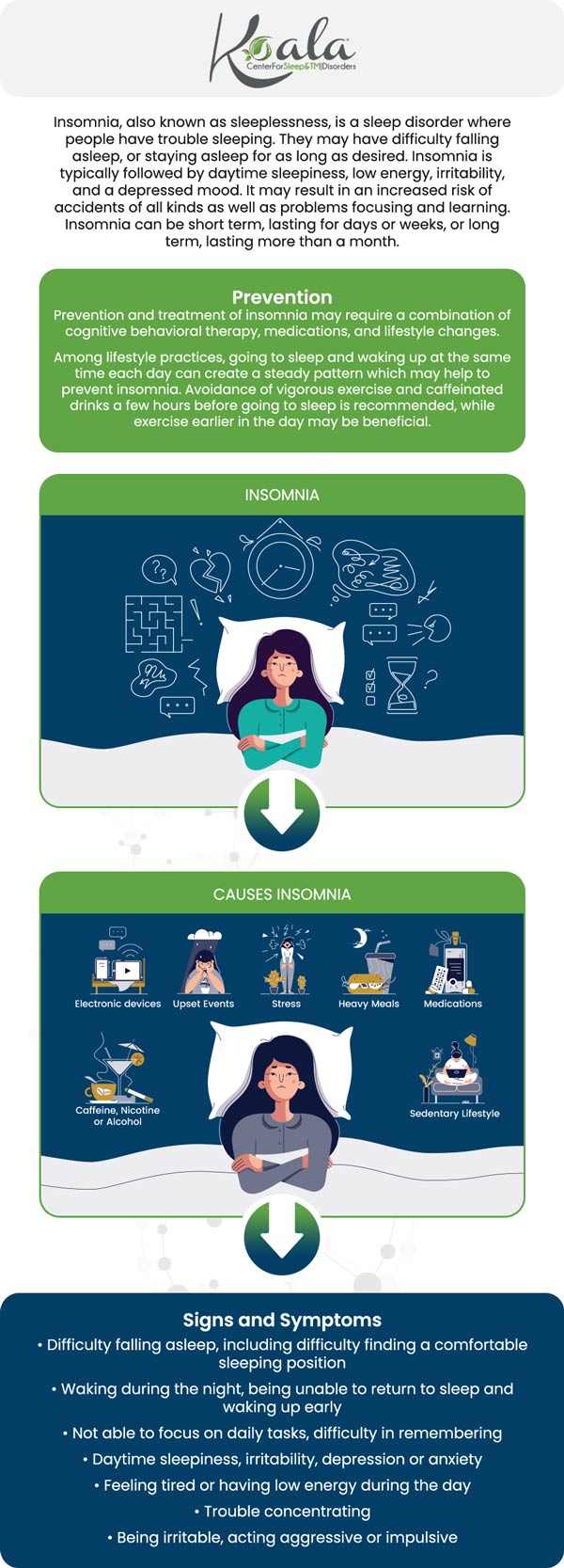
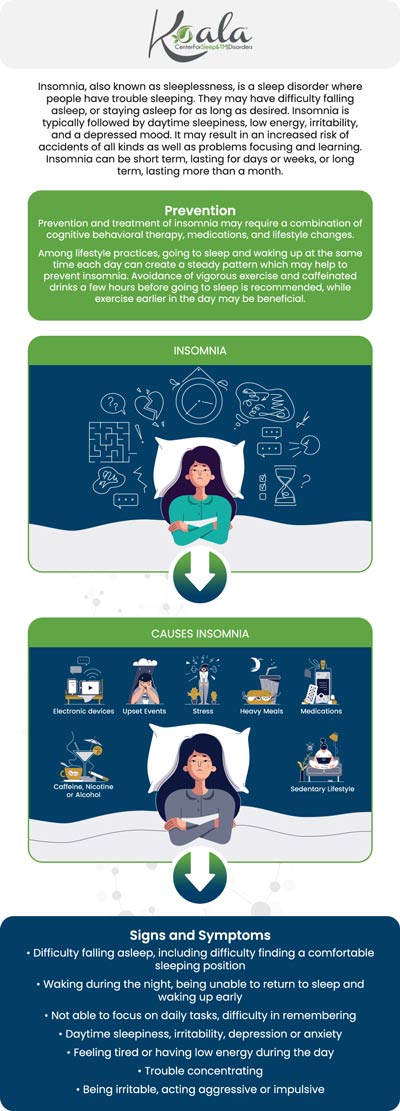
Table of Contents:
What are the types of insomnia?
Who would be most prone to insomnia?
How many hours of sleep would be cosidered insomnia?
There are 5 commonly known types of insomnia that are differentiated by their cause, how long they last, and the effect it has on your sleep:
– Acute insomnia
This is the most common type of insomnia and is categorized predominantly due to the fact that it only lasts for short stints of time. It is most often a result of increased stress occurring in the patient’s life, or significant changes that are disrupting one’s ability to fall asleep and stay asleep. Common causes include experiencing a stressful event, sleeping somewhere unfamiliar, suffering from a short-term illness, physical discomfort, or jet lag.
– Behavioral insomnia in childhood (BIC)
This type of insomnia only affects children but affects approximately 25% of children. It can be divided into three sub-groups including BIC sleep-onset that results from negative associations while falling asleep starting very early on in infancy, BIC limit-setting which is the child’s refusal to go to bed often associated with various attempts in order to put off having to go to bed such as asking for a drink, asking to be read another story, or going to the bathroom multiple times, and the BIC combined type which is the combination of the previous sub-groups. Most BIC can be ameliorated through limit-setting from the parent or caretaker.
– Chronic insomnia
Insomnia is classified as chronic if it occurs at least 3 nights per week over the period of at least one month and can either be the main condition or can be caused by a different underlying condition. Secondary insomnia is more common (caused by an underlying condition) and is most often caused by chronic medical conditions, both physiological and mental health conditions, rotating shift work, medications (chemotherapy and antidepressants are known for leading to chronic insomnia), and consuming stimulants such as caffeine, alcohol, and nicotine.
– Maintenance insomnia
This type leads to increased difficulty staying asleep and having trouble falling back asleep, often a result of mental health conditions such as depression or other medical conditions that tend to wake patients up in the middle of the night such as sleep apnea, restless leg syndrome, and asthma.
– Onset insomnia
This type is classified as difficulty falling asleep in the first place and can be acute or chronic. It is often the result of psychological or psychiatric conditions such as stress, depression, or anxiety and is often diagnosed in combination with another sleep disorder such as restless leg syndrome.
There are quite a few factors that are commonly known for increasing the risk of developing insomnia, both chronic and acute, with one of the most significant factors being undergoing stressful life events or suffering from physical discomfort. Those who tend to be at an increased risk of developing insomnia includes those who are unable to maintain a regular sleep wake schedule, those who suffer from anxiety or depression, those who have other sleep disorders (restless leg syndrome, for example), and people with a genetic disposition or family history of insomnia. It is also a much more common condition seen in those who were assigned female at birth and among older adults.
There isn’t really a standard number of hours of sleep that qualifies someone for being diagnosed with insomnia because quantity of sleep is a fairly personalized experience. Some people require more sleep to function normally and anything less than that amount that causes symptoms of sleep deprivation would qualify as insomnia. People who only need 6 hours of sleep or any amount less than the typical recommended amount in order to not experience sleep deprivation symptoms likely do not have insomnia. There is no clear amount of time that each individual needs to sleep every night, there are only general recommendations, so insomnia can more likely be diagnosed through symptoms of sleep deprivation rather than quantity of sleep.
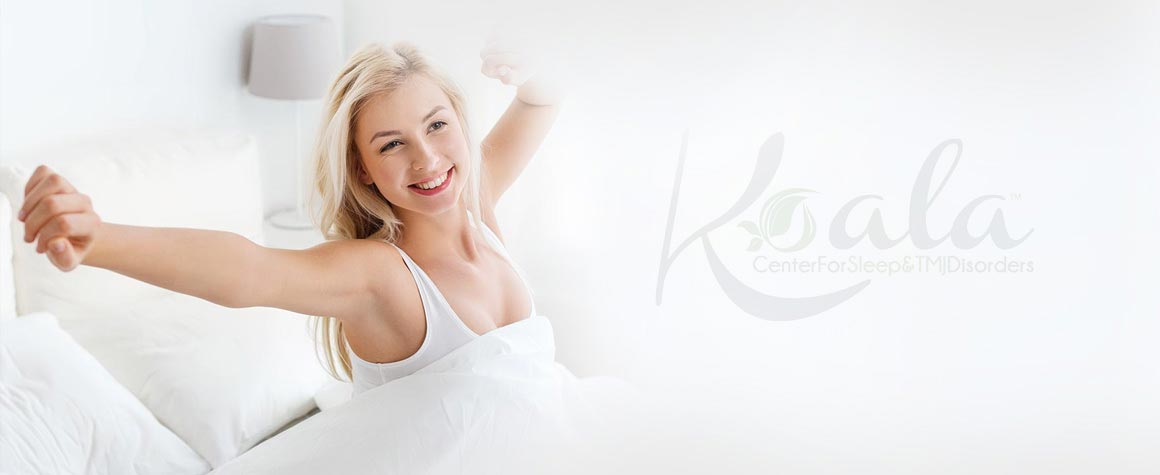
Additional Services You May Need
▸ KoalaKIDZzz®
▸ Sleep Apnea
▸ Snoring
▸ TMJ Disorder
▸ Fatigue
▸ Sleep Disorders
▸ Weight Loss
▸ CPAP Alternative
▸ Oral Appliances

